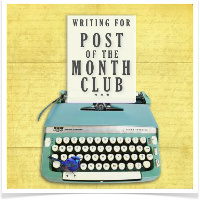As my designated pack mule, Marlon was the only guy in our group. I love how he not only indulges my love of old things, but has also come to appreciate them. For his time and patience spending a day thrifting with a gaggle of girls, he rewarded himself with a handful of funky old die-cast cars from the 1960s.
As for me, I fell in love with these vintage postcards featuring hand-tinted photographs of Zaandvoort and Scheveningen, the beaches closest to Amsterdam and the Hague. They were postmarked between 1903 and 1910, making them over a hundred years old.
And yes, my bathroom reading material is proudly Filipino!










































































